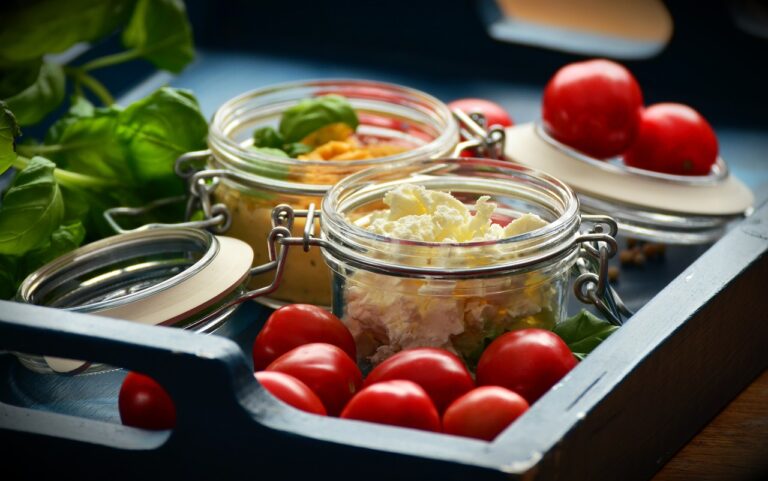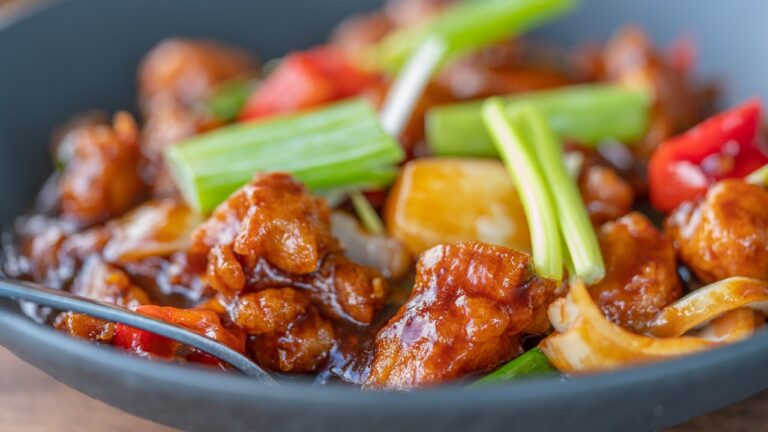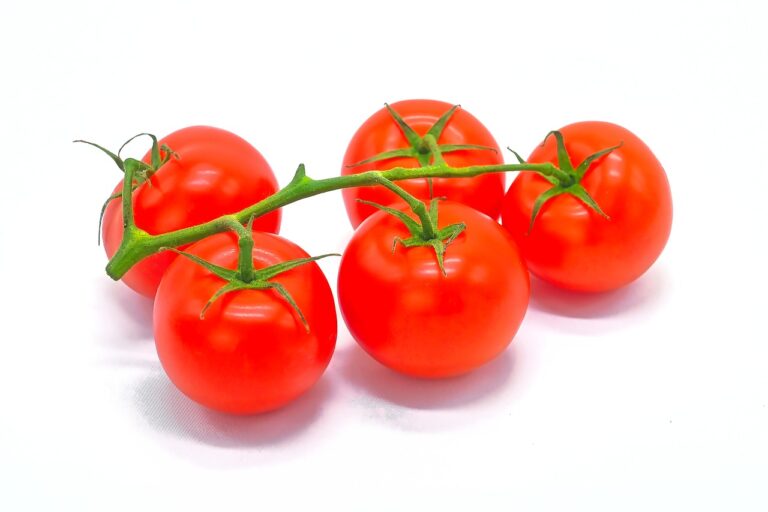Sustainable Food Packaging: Innovations in Biodegradable Materials and Eco-Friendly Design
In the world of traditional food packaging, one of the primary challenges is the environmental impact of materials such as plastic. Single-use plastic packaging, commonly used for foods like snacks and beverages, contributes significantly to pollution and landfill waste. Consumers are increasingly demanding more sustainable options, putting pressure on companies to seek alternatives that are both eco-friendly and functional.
Moreover, traditional food packaging often prioritizes convenience and cost-efficiency over environmental considerations. This mindset has resulted in excessive packaging and overuse of materials, leading to issues like overconsumption and inefficiency in the supply chain. Finding a balance between practicality and sustainability poses a continuous challenge for food packaging manufacturers in today’s market.
Traditional food packaging often relies on single-use plastic materials
Consumers are demanding more sustainable options from companies
The focus on convenience and cost-efficiency has led to excessive packaging
Balancing practicality and sustainability is a continuous challenge for manufacturers
The Rise of Biodegradable Packaging Materials
With the growing concern over environmental issues, the demand for sustainable packaging solutions has been on the rise. Biodegradable packaging materials have emerged as a promising alternative to traditional plastics, offering an eco-friendly option for businesses and consumers alike. These materials are designed to break down naturally over time, reducing the impact on the environment compared to non-biodegradable counterparts.
One of the key benefits of biodegradable packaging materials is their ability to decompose into organic matter without leaving behind harmful residues. This not only helps in reducing plastic waste but also minimizes the carbon footprint associated with packaging production and disposal. As more companies shift towards sustainable practices, the adoption of biodegradable packaging materials is expected to continue to gain momentum in the coming years as a viable solution to mitigate the environmental impact of packaging waste.
Innovative Alternatives to Plastic Packaging
As the negative impacts of plastic packaging on the environment become more apparent, the search for innovative alternatives continues to gain momentum. One promising option is the use of biodegradable materials such as compostable plastics, plant-based polymers, and edible packaging. These materials offer a sustainable solution to the plastic waste crisis by breaking down more easily in the environment, reducing the burden on landfills and oceans.
Another emerging trend in the quest for alternatives to plastic packaging is the use of recycled materials. Recycled paper, cardboard, glass, and metal can be repurposed into packaging materials, offering a more environmentally friendly option compared to virgin plastics. This approach not only helps reduce the demand for new raw materials but also contributes to the circular economy by promoting the reuse of resources.
What are some challenges in traditional food packaging?
Some challenges in traditional food packaging include the use of plastic, which is harmful to the environment and takes a long time to decompose.
How have biodegradable packaging materials risen in popularity?
Biodegradable packaging materials have risen in popularity due to increasing awareness about environmental issues and the need for sustainable packaging solutions.
What are some innovative alternatives to plastic packaging?
Some innovative alternatives to plastic packaging include biodegradable plastics, compostable packaging materials, and edible packaging options made from natural ingredients.







